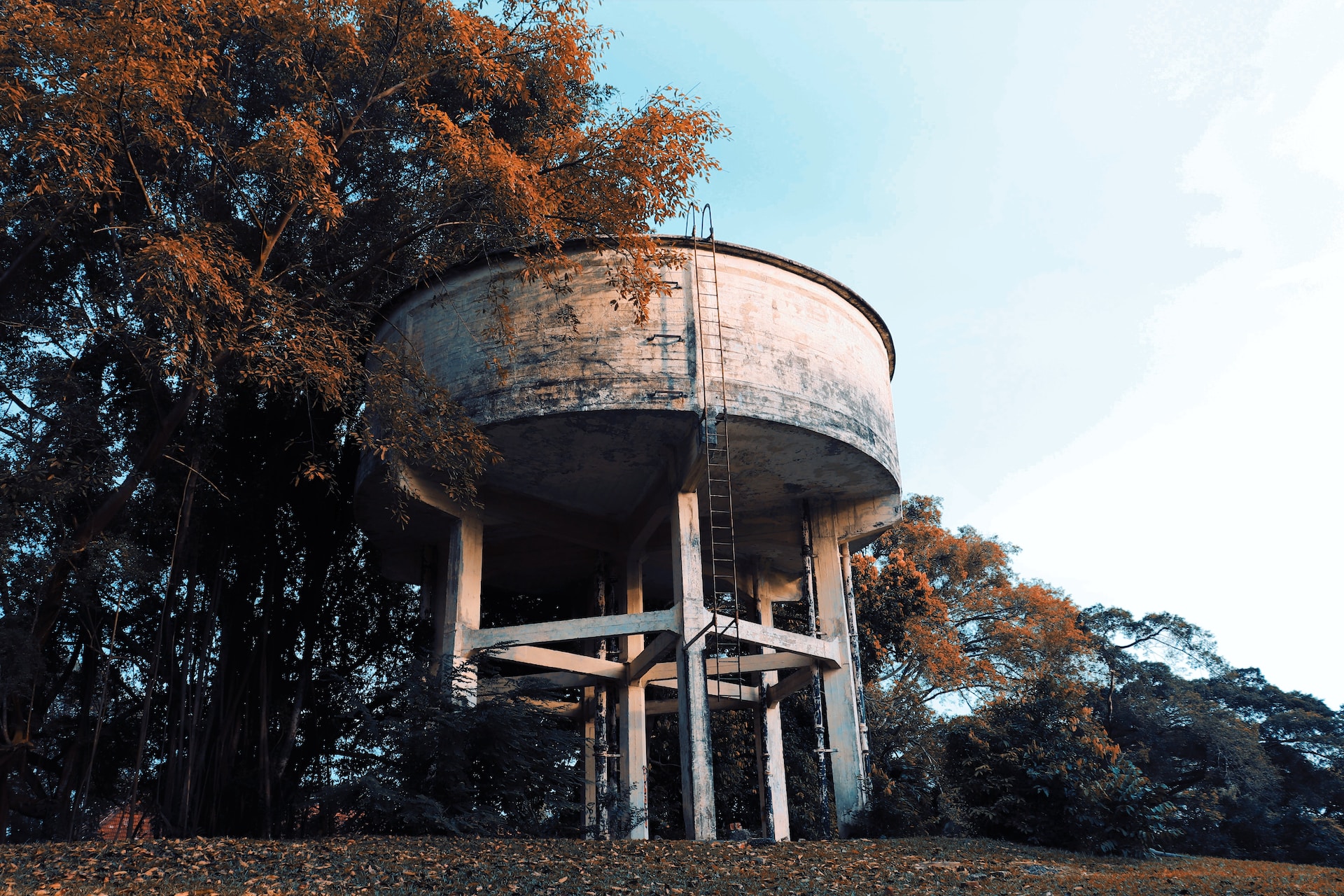
As modern agriculture continues to evolve, ensuring the efficient use of resources and promoting sustainable practices are more critical than ever. Amongst the myriad of aspects contributing to these goals, tank liners have emerged as an essential component of water storage systems, delivering a reliable solution for protecting water quality, supporting irrigation, and minimising waste.
ATM Tanks, a leading provider of tank design, installation, repairs, and maintenance for above-ground tanks across Australia and the Pacific, appreciates the significant impact that tank liners have on modern agricultural practices. This article will explore the various ways in which tank liners contribute to the success of farms and agricultural enterprises, highlighting their importance in water conservation, improving crop health, and facilitating efficient, environmentally friendly operations.
With the right tank liners and expert guidance from ATM Tanks, your agricultural business can thrive while embracing sustainability and water efficiency.
Ensuring Water Quality for Irrigation
A key aspect of modern agriculture is the efficient use of water for irrigation, making tank liners instrumental in maintaining optimal water quality. By protecting stored water from contaminants, algae growth, and microbial activity, tank liners can significantly reduce the risk of harm to crops and ensure water resources are efficiently managed.
Furthermore, tank liners made from materials like High-Density Polyethylene (HDPE) or Polyvinyl Chloride (PVC), offer excellent resistance against chemicals and ultraviolet rays, which can help maintain water quality during long-term storage. Ensuring a high standard of water quality for irrigation through the use of suitable tank liners can result in healthier, more productive crops and increased yields.
Supporting Water Conservation Measures
Agricultural water usage makes up a significant proportion of water consumption worldwide, leading to the promotion of sustainable water management practices. Tank liners can prove essential in implementing such measures, primarily due to their capacity to support rainwater harvesting and the reuse of treated wastewater or greywater in agricultural applications.
By utilising tank liners in rainwater harvesting systems, farms can effectively capture and store stormwater runoff, which can then be used for non-potable purposes like irrigation, reducing the reliance on municipal water supplies. In addition, tank liners offer the necessary protection to store greywater or treated wastewater safely, allowing them to be repurposed for agricultural use, contributing to water conservation efforts and promoting sustainable farming practices.
Preventing Corrosion and Ensuring Storage System Longevity
Agricultural water storage systems must withstand constant exposure to water and various chemicals, while also maintaining structural integrity over time. The use of tank liners not only helps maintain water quality but also protects the structure of storage tanks from corrosion, promoting a longer lifespan.
Tank liners create a barrier between tank materials and the stored water, preventing the formation of rust or other types of corrosion. Moreover, tank liners can offer additional protection against wear and tear caused by temperature fluctuations, which can contribute to a more durable and reliable storage system. Investing in suitable tank liners is an excellent way to minimise the risk of leaks, tank failures, or the need for frequent maintenance, ensuring the longevity and effectiveness of the storage systems in place.
Reducing Leaching and Contamination from Soil
In cases where water storage tanks are situated on soil prone to releasing harmful contaminants, tank liners become incredibly important in preventing potential harm to crops or livestock. These contaminants can include heavy metals, chemicals, or even pathogens, which can severely affect crop health and productivity if allowed to leach into stored water.
With tank liners acting as a protective barrier between the water and the surrounding environment, the risk of leaching and contamination from soil can be minimised. This not only ensures the quality and safety of water resources but also helps maintain the integrity of soil environments in the long term.
Minimising Evaporation Losses
In many water-scarce regions, minimising evaporation from water storage systems is an essential factor in preserving water resources, especially considering the high evaporation rates often associated with agriculture. Tank liners can play a vital role in reducing these losses, as they limit the amount of water in contact with air, slowing down the evaporation process.
When installing a tank liner, it is crucial to ensure a proper fit and cover, preventing any gaps or exposed areas that could contribute to evaporation. By working with industry experts like ATM Tanks, you can guarantee a customised solution, designed to cater specifically to your agricultural needs and water storage requirements.
Enhancing Modern Agriculture with ATM Tanks
Tank liners play a vital role in modern agriculture, ensuring the conservation of water resources, supporting crop health, and promoting environmentally sustainable practices. By investing in suitable tank liners, agricultural enterprises can maintain water quality for irrigation, minimise evaporation losses, and ensure a longer-lasting water storage infrastructure, ultimately contributing to more efficient and eco-friendly farming operations.
ATM Tanks, with their extensive experience in tank design, installation, repairs, and maintenance for above-ground tanks across Australia and the Pacific, can provide the expert guidance and tailored solutions needed to optimise your agricultural water storage system.
Don’t let water quality challenges hold your farm back—contact ATM Tanks today to discover how their expertise can benefit your agricultural business and contribute to a more sustainable, efficient future in farming.
- How to Fix Leaks in Your Water Storage Tanks - December 14, 2025
- Effective Techniques for Thorough Tank Cleaning - December 14, 2025
- The Benefits of ROV Tank Inspections for Maintenance - December 14, 2025






